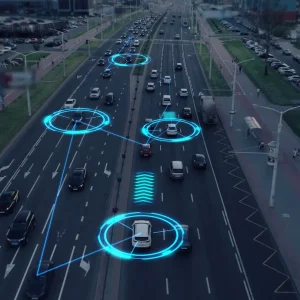It looks as if the HMRC is going to keep any changes to the tax-free mileage rates simple, something our expert, Rupert Saunders, reckons is a smart move
Indications that HMRC is coming close to a conclusion in its long-running review of AMAPs (the tax-free mileage rates paid to drivers using their own cars on business) will come as a relief across the industry. Most people had been expecting some answers in the Pre-Budget Report.
But, as the Revenue has discovered during the review process, these rates are rather more important to business car managers and users than they might at first appear. Indeed, you could argue the AMAP rate underpins the whole question of whether you have a business car fleet – especially for non-essential users.
If the Revenue sets the tax-free rate too high, then more and more drivers will opt-out and use their private cars (potentially adding to health and safety risks, plus putting extra older and more polluting cars on the roads). If it sets the rate too low, then it risks penalising many low-paid workers, especially in the public sector, where privately owned cars are often used for local appointments.
Life begins at 40
There is a strong argument the present rate (40p a mile for the first 10,000 miles of business travel, then 25p after that) is about right – if only because half the lobbying documents sent to HMRC seemed to be arguing it needs to go up, and the other half were arguing it needs to go down. On that basis, it is finely balanced.
Last week, John Lewis, director general of the BVRLA, let slip to an audience at a Cap Focus event that he expects the Revenue to leave the 40p rate untouched but play with the mileage threshold and the higher mileage rate. He is expecting 20p a mile after 5000 business miles.
By my reckoning, this is quite a shrewd move. Few low-paid, public-sector workers are likely to cover more than 5000 business miles a year so will be unaffected by the change. On the other hand, higher-mileage drivers (who should probably be in business cars anyway) will lose out or be incentivised to switch to more economical vehicles.
This proposal also has the great advantage of being simple for drivers to understand and simple both for businesses and the Revenue to administer. But, of course, it lacks the one common element of all Government business car taxation – the direct link to CO2 rating that’s specifically designed to encourage environmentally friendly motoring.
In this case, it’s a complication we could well do without. It is estimated there are around four million private motorists claiming compensation through the AMAP system and it’s a fair bet that most of them have no clue about the CO2 rating of their car.
Certainly HMRC has no record of what they drive – so how could they collect a carbon-based tax? Unless the data can be cross-checked with DVLA keeper records, the potential for fraud is enormous.
So, let’s keep it simple. Let’s get a decision quickly. And then move on.





